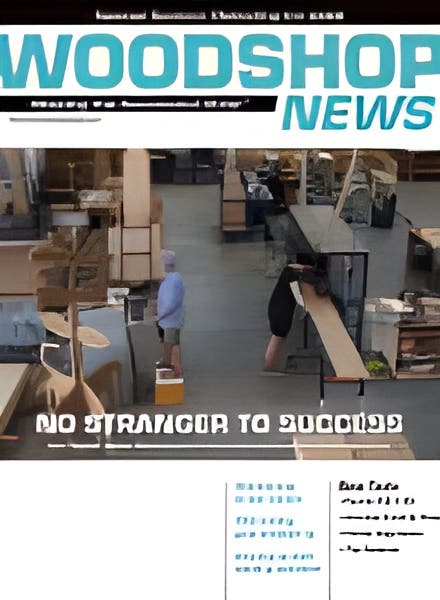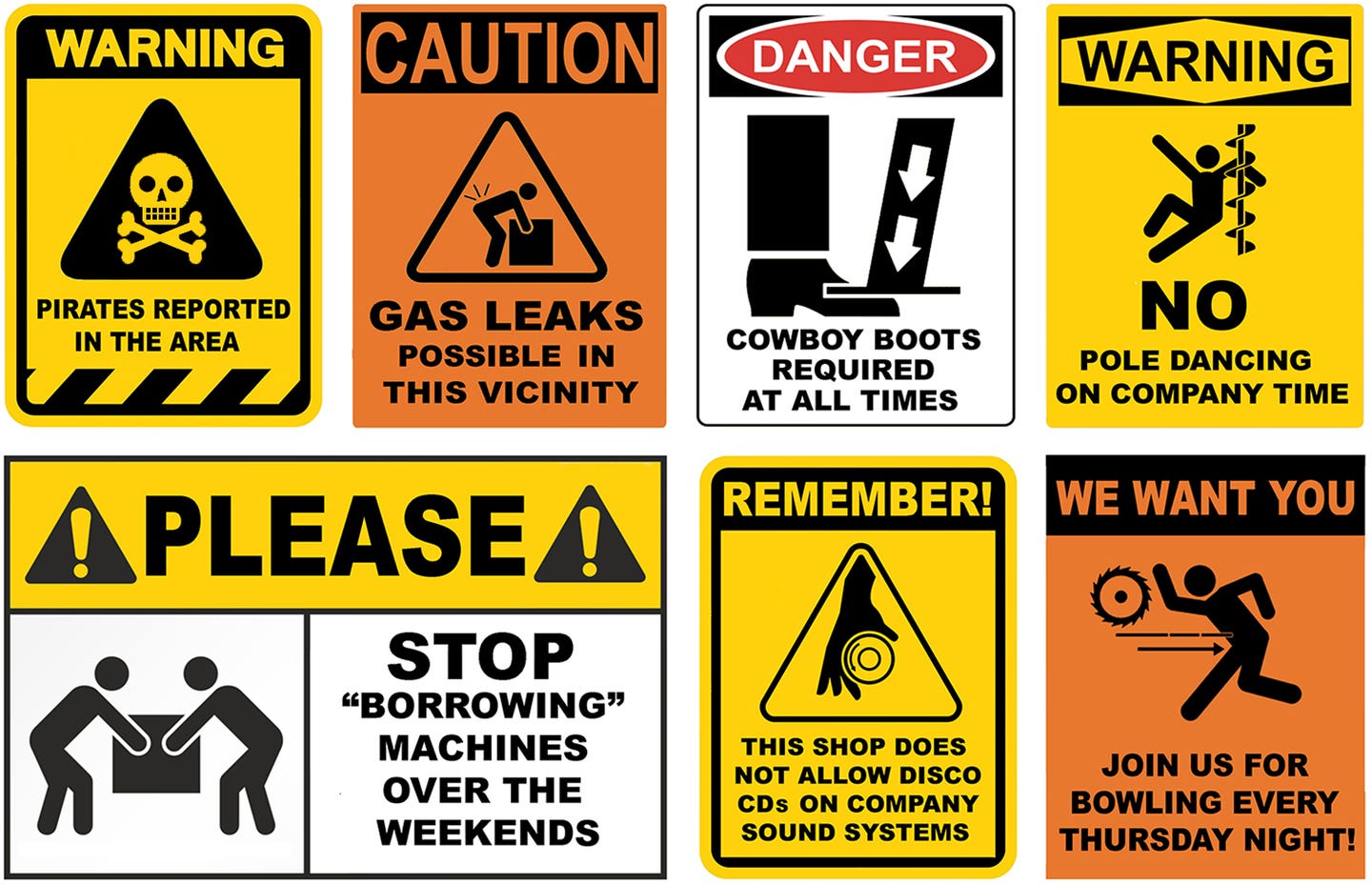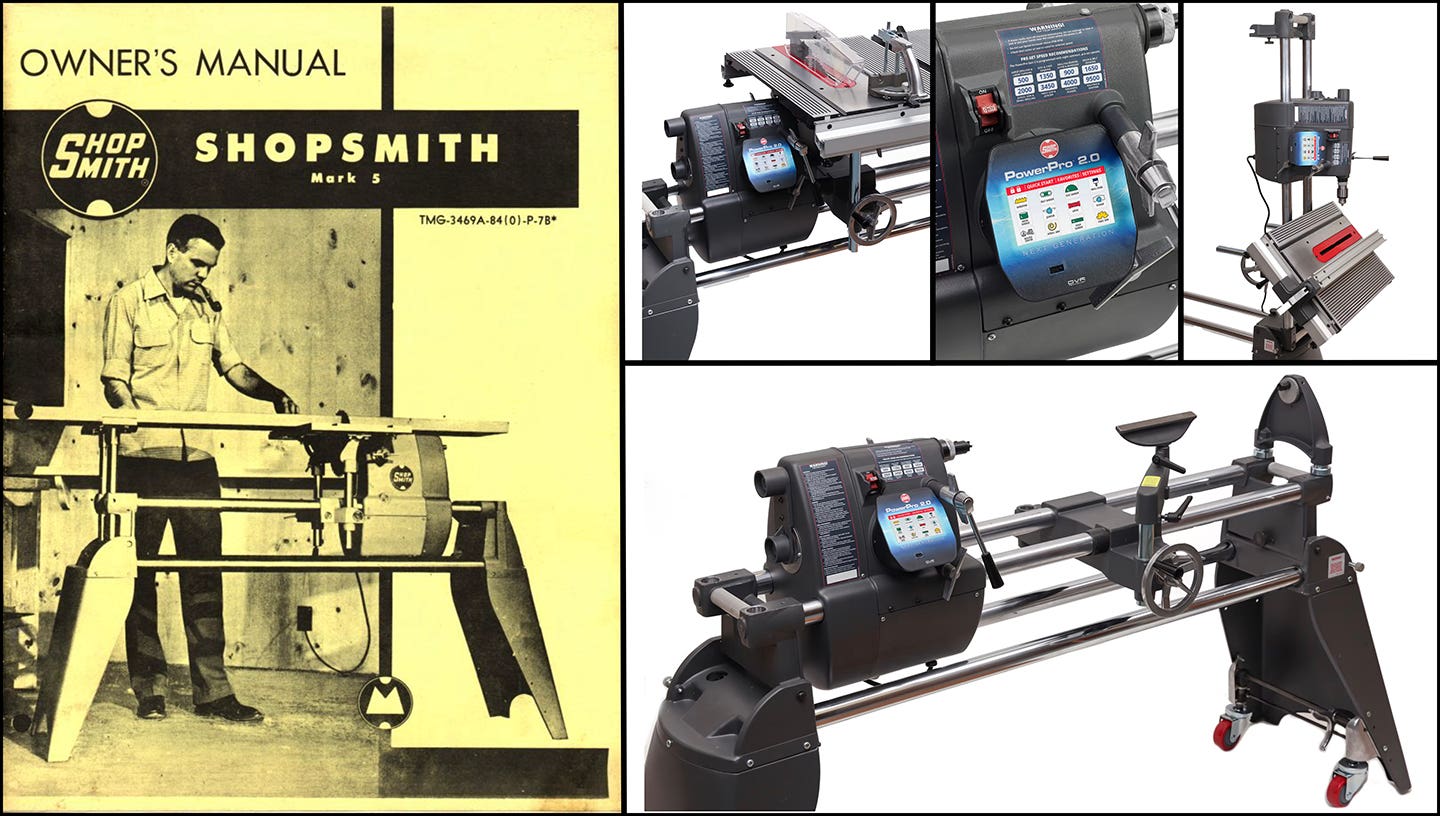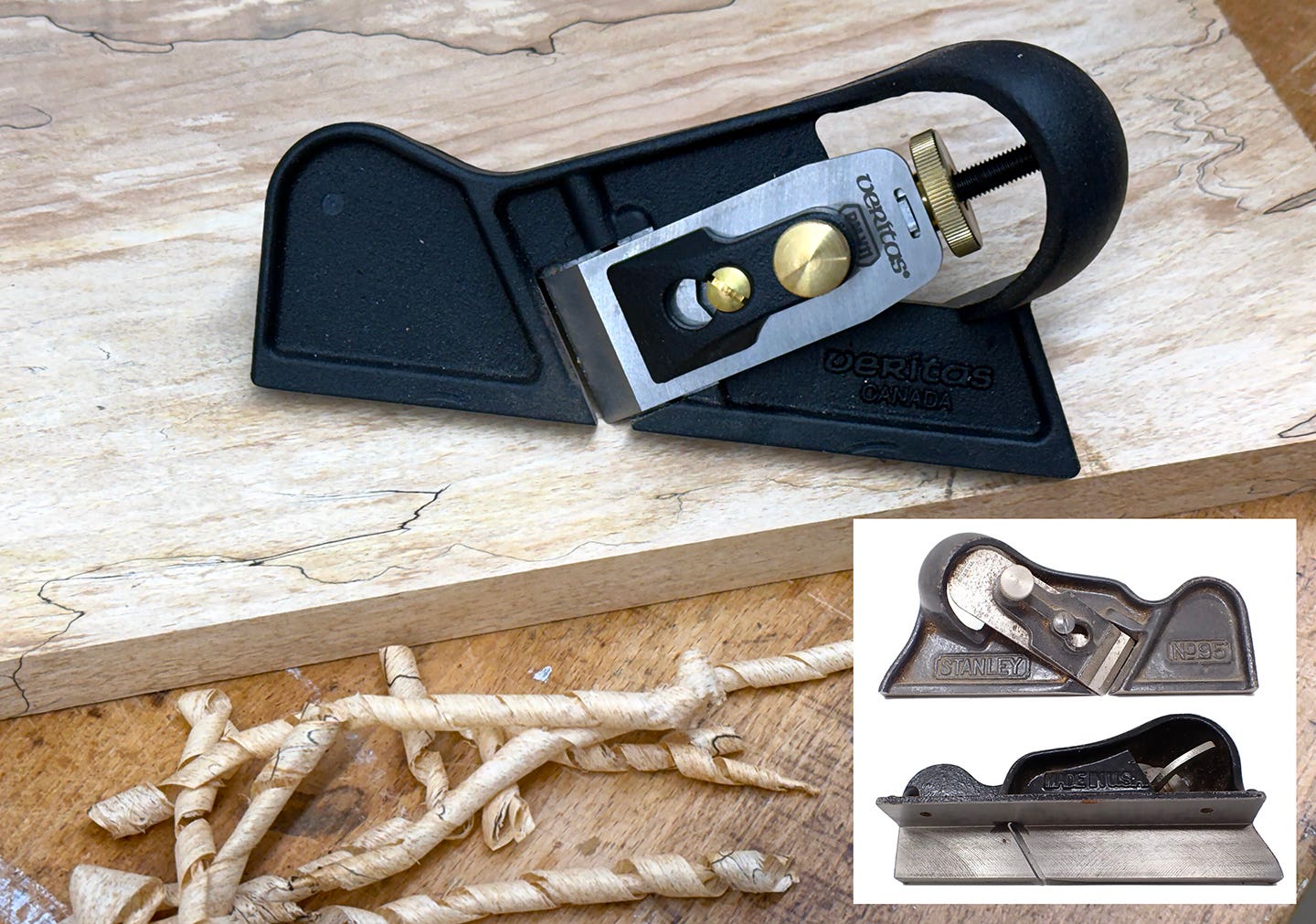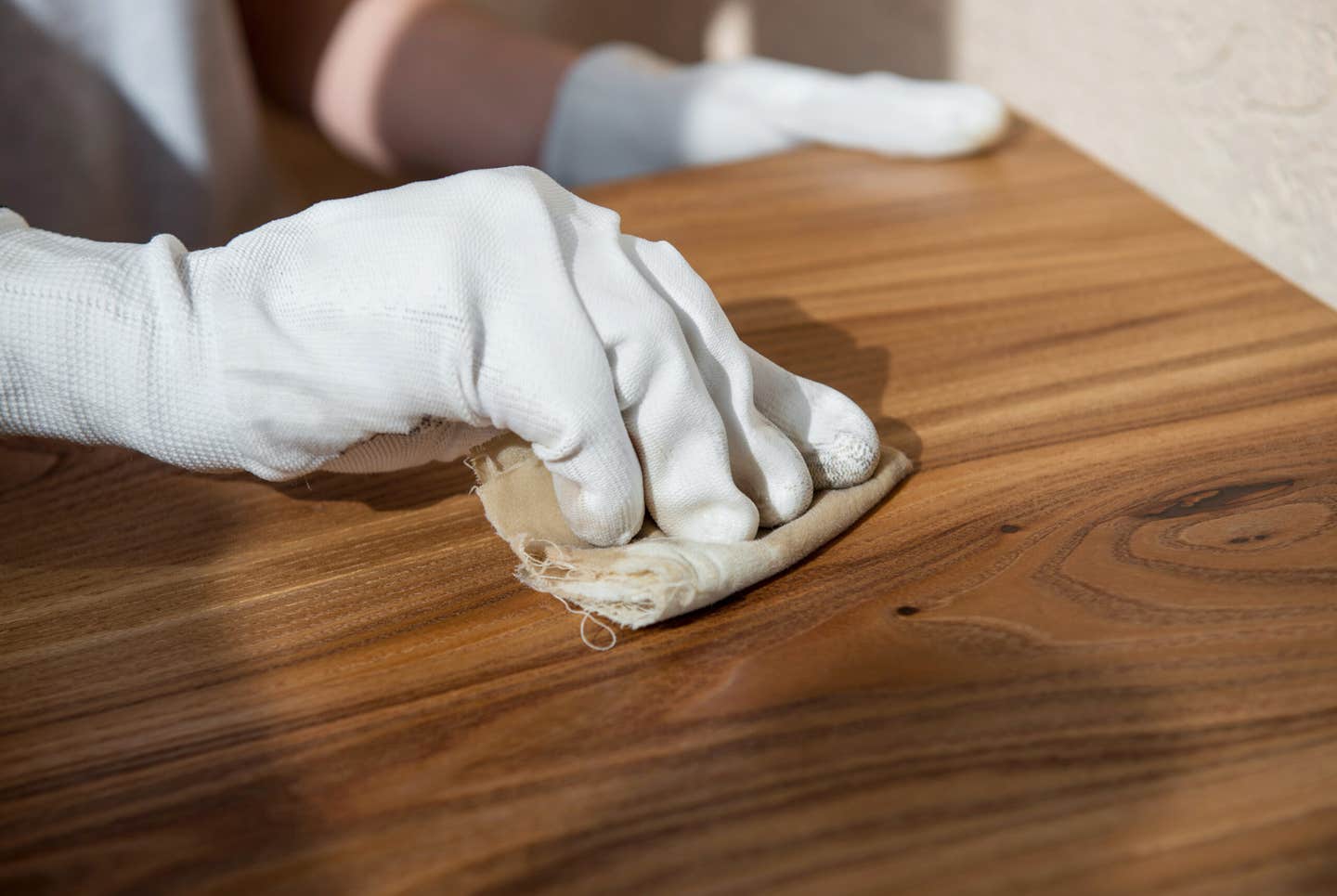CNC dust collection has many challenges
In a recent class, my students were cutting cabinet panels from MDF. They had chosen to use the 1/2” diameter upcut endmill that was already in the CNC tool rack,…
In a recent class, my students were cutting cabinet panels from MDF. They had chosen to use the 1/2” diameter upcut endmill that was already in the CNC tool rack, but they hadn’t noticed that it was quite long. When it began to cut into the material, a rooster tail of dust shot out from under the brushes of the dust hood. The brushes were two inches off the surface of the material, so they were completely ineffective.
CNC router dust collection is difficult to manage when compared to other woodworking machinery. With a table saw, the dust is created in one fixed location and flung in one predictable direction. Designers suggest that a 10” table saw requires 350 to 500 cfm of airflow with a 4” to 5” diameter duct. With a CNC router, the cutter moves all around the bed as well as up and down, so chips and dust can fly in all directions. Manufacturers’ recommendations range from 1,000 to 5,000 cfm of airflow and ductwork that’s at least 7” in diameter.
The rooster tail was evidence that the system had failed to capture the dust at its source. My initial reaction was to move the brushes of the dust hood down to the MDF. But that would restrict incoming make-up air. Rather than trying to physically block the waste as it came off the bit, I realized that my students could do several other things to reduce or eliminate it.
The first step would be to use a smaller diameter bit. A 3/8” or 1/4” bit would produce a smaller volume of dust while cutting the same profile, albeit more slowly. Small diameter bits can cut the same chip load (chip thickness) but with a lower edge velocity which does not fling the chips away as aggressively.
Next, they could reduce the feed rate and extend the time required to cut toolpaths. This may be an acceptable trade-off when one considers that it eliminates the time required to clean up the dust that escaped as the job was cut.
My students could also have employed better technology. For example, Biesse offers a patented technology called T-Jet that blows jets of air into the kerf to force dust upwards into the hood.
Optimizing the brushes
The ideal dust collection system for a CNC router would locate the highest possible air velocity at the point where the bit is engaged with the stock. Brushes are probably most effective when they are used to shape and direct the airflow, rather than when they’re configured to block it. The best collection can often be obtained with a gap between the brushes and the surface of the stock. In that configuration, the brush is forcing the air to flow between the end of the brush and the work surface before it is drawn upwards into the hood and the duct. A gap between the brush and the surface offering the same cross-sectional area for air flow as the cross section of the air duct would result in air velocity in that area equivalent to the air velocity in the duct, enabling high velocities everywhere. This can be accomplished in most configurations with a gap of an inch or less. Some experimentation is required to determine the best configuration for a specific machine, but it may be helpful to determine the optimal gap.
The closer the brushes are to the bit, the more effectively they direct the air flow to the bit. When the brushes are further from the bit, more of the air that flows under the brush will be drawn up into the dust hood before getting close to the bit. Several techniques are employed to enable dust hood brushes to be close to the bit and to get the brushes out of the way for tool changing. The Dust Dock from ShopSabre parks the dust boot out of the way for tool changing. Other manufacturers use mechanisms to raise and lower the dust boot so the brushes can be close during cutting and out of the way for tool changes.
On some hoods, such as those from KentCNC (kentcnc.net), brushes are removeable and attach via magnets. Different lengths and spacers are available.
Clearing the kerf
When a CNC router cuts a slot, it can leave sawdust behind in the kerf. This is especially true when using a compression bit. One technique for clearing that is to use a dust extraction nut on the toolholder. These specialized nuts incorporate turbine blades that create suction adjacent to the cutting bit, and that flings the dust out of the kerf and up into the hood. To be effective, the nut needs to be very close to the surface of the material. As a result, they are most effective for nested-based routing of uniform thickness sheet goods.
Despite our best efforts, some dust and chips will stubbornly remain on the bed with the cut parts. On industrial CNC routers with automated loading and unloading, vacuum bars on the top and bottom scavenge residual dust as the parts are fed off the table. The same vacuum bars can be used to clean the bed as the next sheet is placed.
For routers with manual loading and unloading, that residual dust needs to be removed, too. Some users have programmed their CNC to make a clean-up pass by traversing back and forth across the table with the dust boot and an empty toolholder. While that may take several minutes, it has the benefit of vacuuming up the dust and feeding it to the dust collection system. On the other hand, I have seen operators pick up an air hose and blow the fine dust off the table, which defeats the purpose of dust collection.
Denray has a product called the Dust Funnel, which collects the dust that is blown off the table and directs it to a dust collector.
Yes, dust collection on CNC routers is especially challenging. But making the effort can pay big dividends in terms of keeping shops safe and clean.
Ted Bruning is a furniture maker and college instructor in Colorado Springs, Colo.
This article was originally published in the August 2022 issue.

